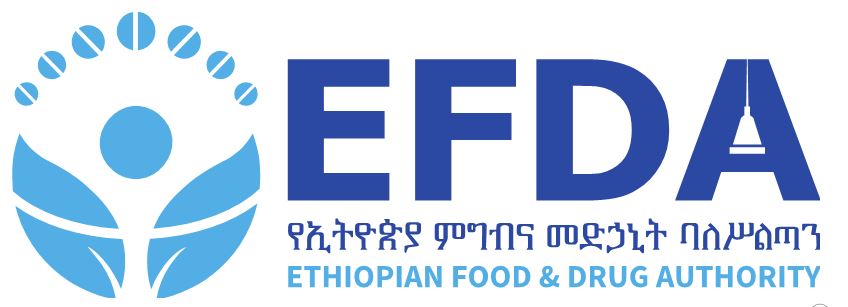During the past seven decades, antimicrobial medicines have saved millions of lives, substantially reduced the burden of diseases that were previously widespread, improved the quality of life, and helped increase life expectancy. However, in the recent past, the emergence and spread of AMR in several microorganisms has rendered the management of many infectious diseases difficult. The development of resistance to antimicrobials commonly used to treat malaria, TB, HIV, and others is of particular concern and is an impediment in achieving Millennium and Sustainable Development Goals.
AMR is a natural biological phenomenon that can be amplified or accelerated by actions and inactions of human practices and a variety of other factors. The use of an antimicrobial for any infection, real or feared, in any dose and over any time period, forces microbes to either adapt or die in a phenomenon known as “selective pressure.” The microbes that adapt and survive carry genes for resistance, which can be passed on. When antimicrobials are used incorrectly, such as for tooshort a time, at too-low a dose, or for the wrong disease; the likelihood that bacteria and other microbes will adapt and replicate rather than be killed is greatly enhanced. Much evidence supports the view that the total consumption of antimicrobials is the critical factor in selecting resistance. Paradoxically, underuse through lack of access, inadequate dosing, poor adherence, and substandard antimicrobials may play as important a role as overuse. The emergence of resistance is a result of use, overuse, and misuse in humans, animals, and the environment. In Ethiopia, there are indications of misuse of antimicrobials by health care providers, unskilled practitioners, and animal husbandry and drug users. These, coupled with the rapid spread of resistant microbes and inadequate surveillance, have exacerbated the problem. The prevention and containment of AMR has a common approach and requires integrated and wellcoordinated efforts at the global, national, institutional, and individual levels. AMR is a biological, behavioral, technical, economic, regulatory, and educational problem and requires a comprehensive response strategy developed on the basis of evidence.



